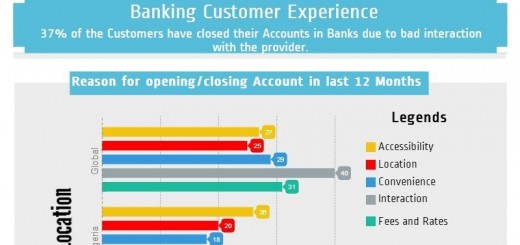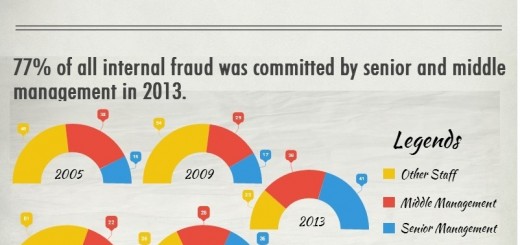The barbs of banking fraud have drained the blood and soul of banks, disrupting the business process for a long time. Banking fraud has been a menace that has evolved continuously from the inception of the concept of banks. UK is the leader of e-commerce in Europe. UK banks and merchants know how important the improvised fraud prevention strategy, and rules addressed to online and mobile fraud is as they have been handling this menace for decades. The losses due to fraud in UK cards has reached to GBP 450.4 million in 2013, a rise of 16% to what it was in 2012 but still 26% less as fraud was at its peak in 2008. Losses are currently 7.4p for every GBP 100 spent. Card not present(CNP) based fraud in UK has topped at GBP 326.4 million in 2008, 22% fraud increase was seen in 2013, with fraudulent purchases made online reached GBP 301.1 million. This fraud in accounts rose to 67% of total banking fraud from 54% in 2008. The UK market has the highest online spenders in Europe (2466 per capita in 2012). This value is growing and the banks have been able to payback a full refund to 97% of the customers facing fraud. However, the responses by the merchants and banks have encouraged the customers to spend more but the losses are bleeding banks dry in terms of fraud compensation.
The USA is the largest economy in the world, it’s not an unknown fact that the US has fallen victim to 51% of global card fraud. The USA has lost more than 7.1 billion dollars in 2013, not only to card based fraud but also to major breaches, e.g. Target breach (retailers- online, brick mortar) has lifted the total fraud by 500 million dollars. These events will continue to have an impact on USA economy for years to come. Effective online enterprise level security measures will be required to avoid a repeat of the experience of European markets in this respect. It is evident from the merchants and banks that they are rooting for robust, real-time fraud prevention solutions to prevent cross channel fraud. As close as 60% of US consumers surveyed say that a security breach involving their personal or credit card data would make them less likely to do business at a bank or store that they commonly use(Unisys). According to the forecasts 50% of the users of mobile will be conducting financial transactions over the mobiles by 2015. In such a big market for mobile commerce that is facing overwhelming rates of fraud, application of enterprise wide fraud prevention tools is gaining a lot of attention lately. The application of such technology will require a very careful approach that has to be tailored to the channel and its problems.
The fraud has left not only USA, UK but also the MIDDLE EAST scarred. UAE has evolved as the new fraud capital in Middle East. In June 2014, the UAE led the list of the countries with the credit card frauds with 44% up from 36% in 2012. The UAE leads the Middle East nations in online payments. According to Frost and Sullivan in 2014, 83% of UAE residents made purchases online. This level of increase is contributed by increased internet penetration, a rapid increase in mobile penetration and ‘government initiatives encouraging a digital lifestyle’. Continued profitable growth of ecommerce will require consumers to be educated in fraud prevention techniques, and that merchants and banks respond quickly and effectively to secure transactions, prevent fraud and protect the customer experience.
The recent developments in technology and overall commerce scenario has opened new avenues to fraud. For example, rise of mobile banking, internet of things, m-commerce, USA moving towards EMV, the continuous breach of Android devices and the failing trust of business in banks due to breaches portrays a very vivid picture of the path in which the next evolution of fraud is moving into.
Source: – Tentacles of Fraud Report.














